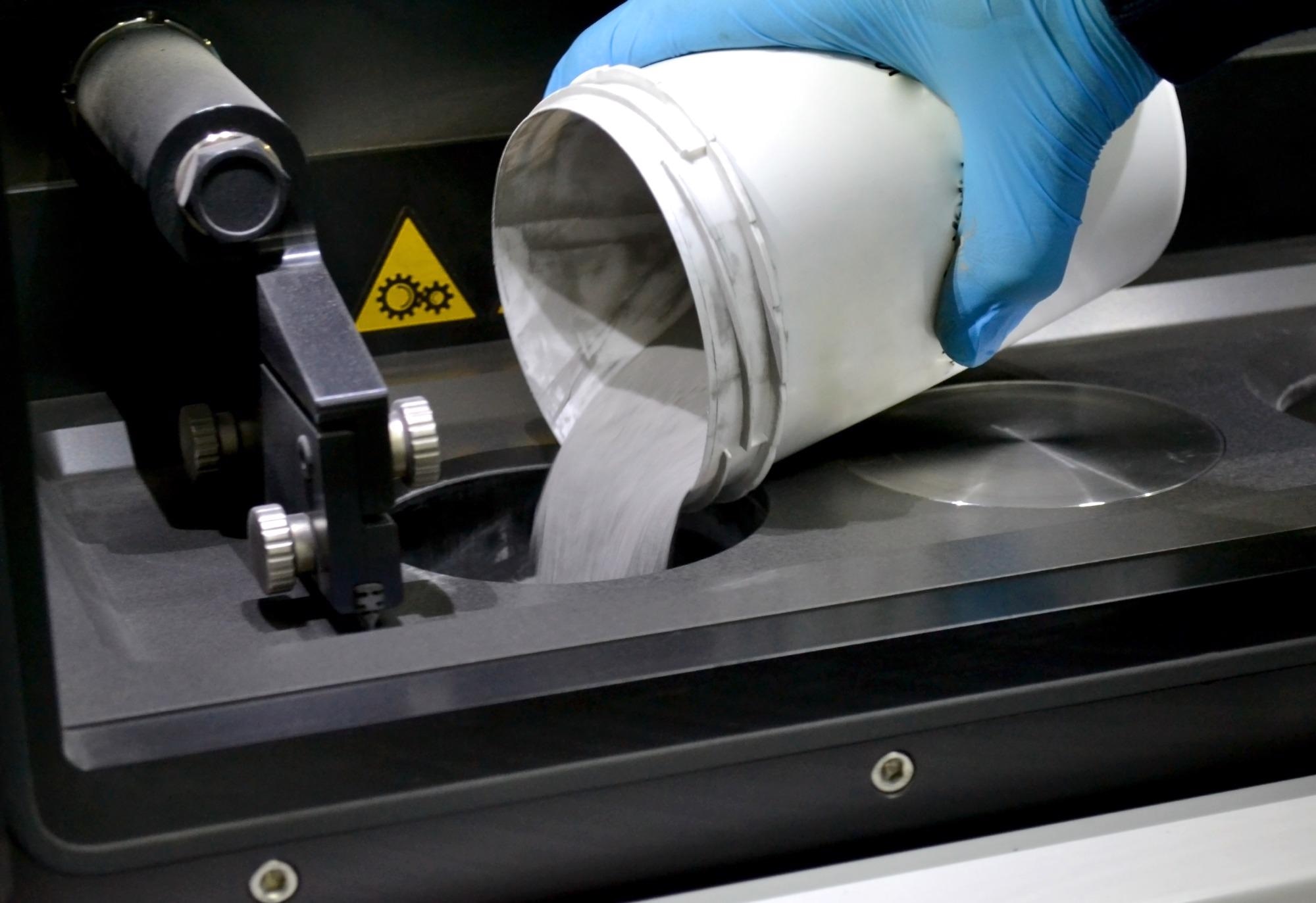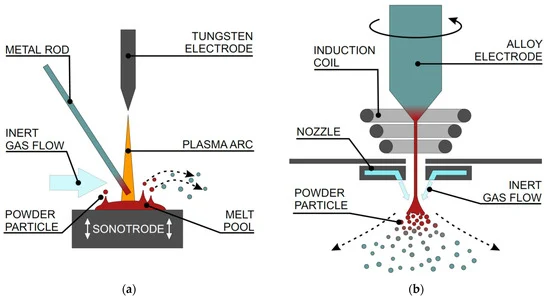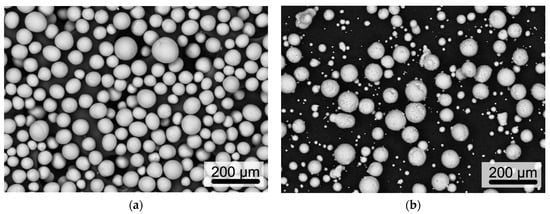Increased awareness and popularity surrounding the use of metals in additive manufacturing presents some interesting opportunities for numerous industries including aerospace and medical fields, as considered in new research in the journal Metals.

Study: Flexible Powder Production for Additive Manufacturing of Refractory Metal-Based Alloys. Image Credit: MarinaGrigorivna/Shutterstock.com
However, there are several challenges that come with alloy production in this area. A team of researchers in Germany has successfully managed to produce alloy powders by way of a unique ultrasonic atomization (UA) process in the laboratory. The ultrasonic atomization process they used employs an industrial electrode induction gas atomization (EIGA) process with a modified electrode concept for the first time.
The team has established that the alloyed powder produced during the study possessed the qualities expected for alloy development and powder bed fusion in the appropriate quantities. What’s more, the team believes the process enables upscaling of alloy powder quantities.
Ultrasonic Atomization
The ultrasonic atomization process employed for the study utilized the ATOLab+ machine supplied by 3DLab Ltd., a Polish-based 3D materials company. In this process, a liquid in the form of a thin film typically breaks up into fine droplets when allowed to flow on a vibrating surface.
Using the next-generation ATOLab+ machine—the world’s first atomizer designed with limited space use in mind—the researchers applied an advanced technique whereby a plasma arc formed by an electrode melts a metal wire/rod to form a melt pool on the vibrating crucible. The ultrasonic vibration then generates powdered particles which are extracted by means of a quick oxygen reduction vacuum pump.

Schemes of UA (a) and EIGA (b). Image Credit: Hinrichs, F et al., Materials
To make the rods for the method, the team used pure molybdenum, titanium, and silicon, which generated a mostly molybdenum silicon-based alloy (Mo-Si) powder. One of the issues with this material is that can be prone to contamination issues when temperatures exceed 800 degrees C.
However, the alloy powder produced during the novel ultrasonic atomization process demonstrated some promising results: “It provides exceptional oxidation resistance at intermediate temperatures, which is rarely observed for high-Mo-containing alloys,” stated Dr. Alexander Kauffman, head of physical metallurgy at the Karlsruhe Institute of Technology and co-author of the study.
“In conjunction with an exceptionally low density below state-of-the-art Ni base superalloys, (6.25 g/cm3 vs. 9.5 g/cm3) it may thus be a promising candidate for high-temperature structural applications,” added Frauke Hinrichs, co-author and knowledge colleague at Karlsruhe Institute of Technology.
The atomizer used in the study also demonstrates the capability to process both reactive and non-reactive metals which include titanium, magnesium, and aluminum alloys. Additionally, the machine has the capacity to produce powers with grain sizes ranging from 20 – 100 nm.
Modifying the EIGA process allowed the researchers to optimize the capabilities of the ATOLab+ machine and yield results that suggest the scalability of the production of alloy powders.

SEM BSE topography images of UA powder particles (a) and EIGA powder particles (b). Image Credit: Hinrichs, F et al., Materials
Potential Applications
Additive manufacturing, also known as 3D printing, is a transformative and practical area of industrial production that can facilitate the creation of innovative and unique products and designs. This has brought about significant change and potential in various areas including the aerospace and medical industries.
From titanium implants to chrome aircraft fuel nozzles, additive manufacturing is being employed to create strong, flexible, and lighter components for real-world application. What’s unique about this latest study is that it manages to successfully produce a flexible and dynamic powder using refractory metals.
Refractory metals are known for being difficult to work with while possessing extraordinary properties in order to create ‘super alloys’, but until now processing refractory-based metals is not receiving much global attention despite the potential.
However, if the claims of this study hold up then unlocking the potential usage of refractory metals for powdered alloy production in additive manufacturing could revolutionize existing processes and technologies in several industrial fields.
The scalability issue that a modified UA/EIGA process tackles theoretically means that both processes can be adapted to process refractory metal alloys of various compositions. The researchers claim that the rapid adaptation to various metal alloy compositions makes ultrasonic atomization ideal for flexible alloy powder development.
Additionally, the results of this study show that the powders produced in this first-of-its-kind production yielded alloy powders with properties that fulfill the demands of additive manufacturing: “Considering all the properties studied, the Mo-Si-Ti powders, which were produced for the first time with both UA and EIGA, exhibited characteristics that fulfilled all necessary requirements for AM trials,” Kaufmann stated.

SEM BSE micrographs of the microstructures (a,c) and XRD patterns (b,d) of the consolidated materials from UA powder (a,b) and EIGA powder (c,d). Image Credit: Hinrichs, F et al., Materials
References:
Hinrichs, F.; Kauffmann, A.; Schliephake, D.; Seils, S.; Obert, S.; Ratschbacher, K.; Allen, M.; Pundt, A.; Heilmaier, M. Flexible Powder Production for Additive Manufacturing of Refractory Metal-Based Alloys. Metals 2021, 11, 1723. https://www.mdpi.com/2075-4701/11/11/1723
World’s First Next-Generation Atomizer For Metal Powders Production [https://www.3d-lab.pl/en/ (accessed October 2021)]
Disclaimer: The views expressed here are those of the author expressed in their private capacity and do not necessarily represent the views of AZoM.com Limited T/A AZoNetwork the owner and operator of this website. This disclaimer forms part of the Terms and conditions of use of this website.